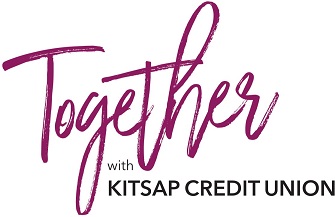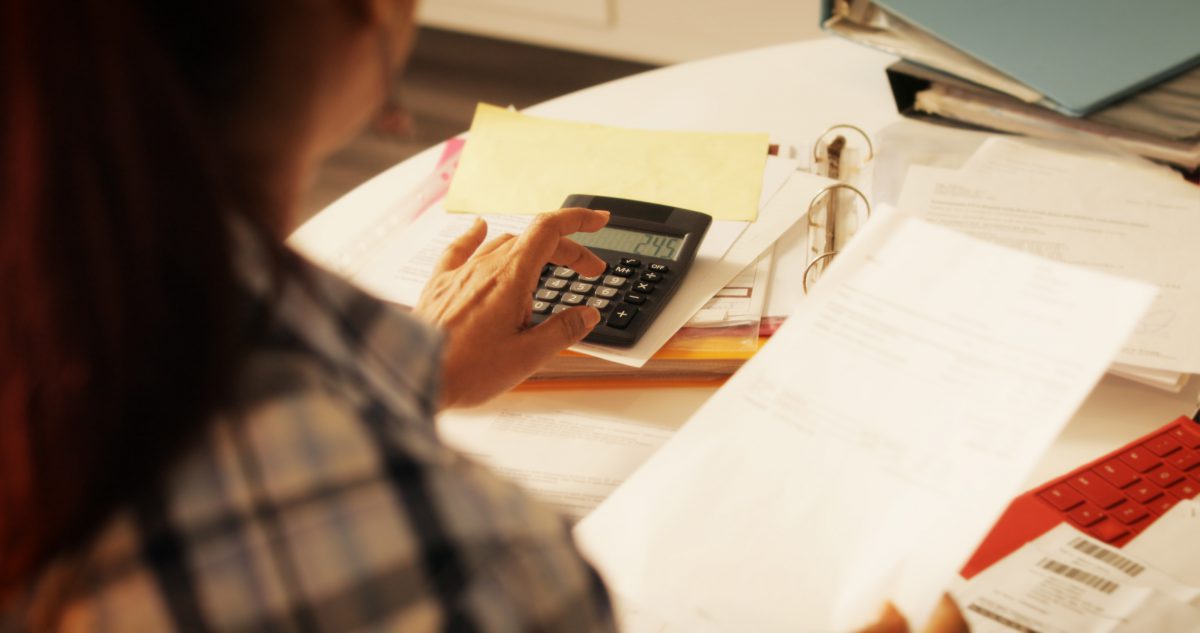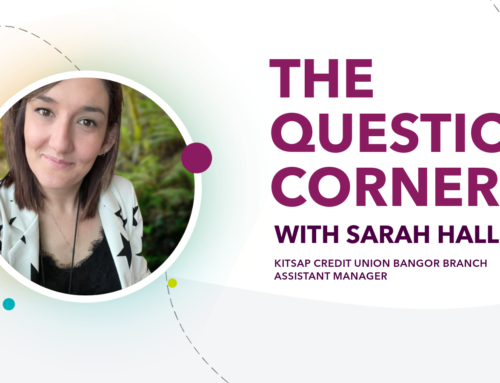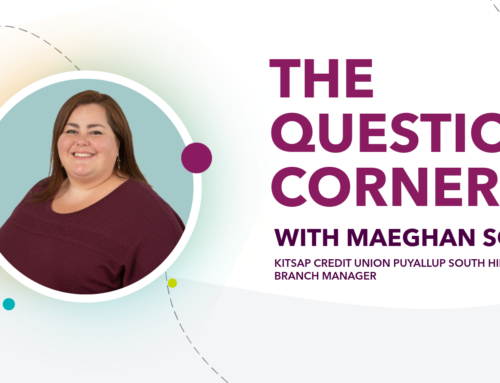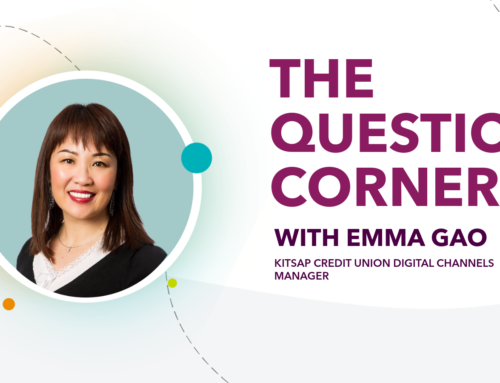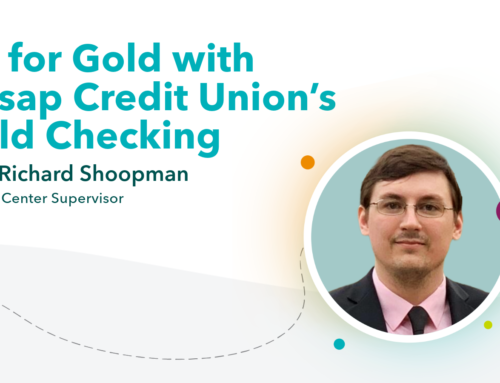Many Americans carry a variety of debt. Many people have student loans, auto loans, a mortgage, medical loans, credit card debt, or more. Wrapping your head around it all can be challenging, especially if you don’t fully understand what you owe or what kind of debt you’re carrying. Having a clear view of what you owe, to whom you owe it, and how much you’re paying in interest is key when it comes to paying back your debt wisely.
Below we have categorized the common types of debt you may encounter, so you can have a clear idea about how you should prioritize your payments.
Delinquent Debt – If you have any delinquent accounts, pay those off first. Missing a payment is going to result in expensive fines and will damage your credit rating, which will make it harder and more expensive to get loans in the future. Do everything you can to pay off this debt while at least maintaining minimum payments on the rest of your accounts.
Highest Interest Rate Loans and Credit Cards – After your delinquent debt is paid, your next target should be any accounts with a highest interest rate. This could help save you the most money in the long term. If your balances are very similar, always target the debt with the higher interest rate first.
Term Loans – These loans could be your car payment, student loans, personal loans, or even your mortgage. These can be a little more tricky. You’ll need to do the math to see where you should put your extra cash. For instance, if you have an extra $50/month to pay towards your principle, that money may be better spent on smaller loans, like a personal loan or car payment, instead of a larger loan like a mortgage or student loan. Even though the larger loan seems like a logical choice, it may make more sense to pay off the smaller loan faster so can eliminate your monthly payment.
Remember, as a member of Kitsap Credit Union we’re always here to help. If you’d like help navigating your debt, you can always make an appointment to speak with one of our Member Specialists.
